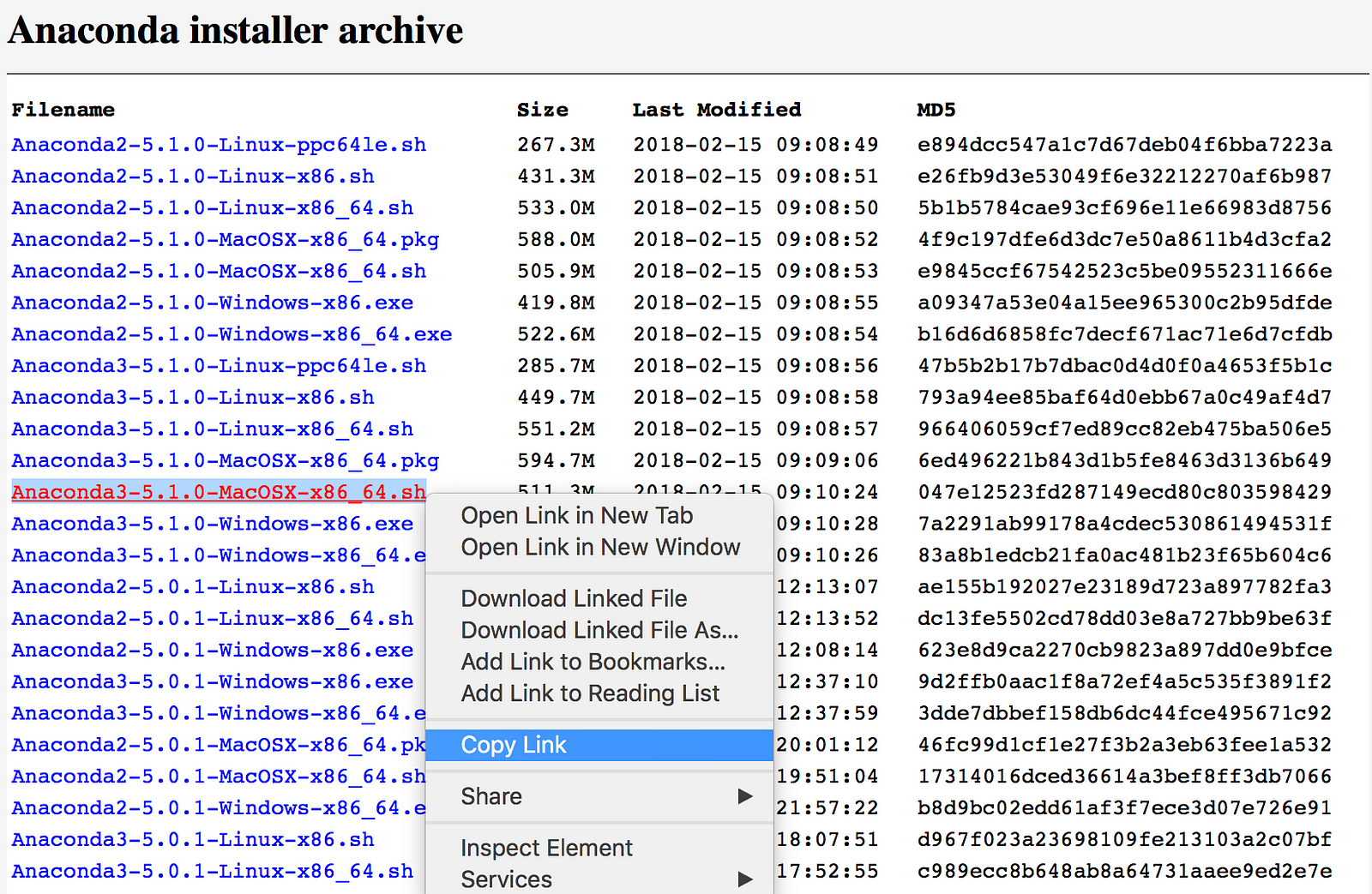

- ANACONDA DISTRIBUTION INSTALL
- ANACONDA DISTRIBUTION VERIFICATION
- ANACONDA DISTRIBUTION SOFTWARE
- ANACONDA DISTRIBUTION FREE
For each Anaconda environment you set up, you can specify which version of Python to use and can keep all of your related programming files together within that directory.įirst, we can check to see which versions of Python are available for us to use: Setting Up Anaconda EnvironmentsĪnaconda virtual environments allow you to keep projects organized by Python versions and packages needed.

Now that Anaconda is installed, we can go on to setting up Anaconda environments. Output# packages in environment at /home/sammy/anaconda3: You’ll receive output that looks similar to this: We’ll use the sha256sum command along with the filename of the script:
ANACONDA DISTRIBUTION VERIFICATION
Now, use curl to download the link that you copied from the Anaconda website:Īt this point, we can verify the data integrity of the installer with cryptographic hash verification through the SHA-256 checksum. We’ll use the curl command-line tool to download the script. This is a good directory to download ephemeral items, like the Anaconda bash script, which we won’t need after running it. Next, change to the /tmp directory on your server. At the time of writing, the latest version is 2019.03, but you should use a later stable version if it is available.
ANACONDA DISTRIBUTION INSTALL
To install Anaconda on a Debian 10 server, you should download the latest Anaconda installer bash script, verify it, and then run it.įind the latest version of Anaconda for Python 3 at the Anaconda Distribution page. You can achieve this prerequisite by completing our Debian 10 initial server setup guide. Prerequisitesīefore you begin with this guide, you should have a non-root user with sudo privileges set up on your server. This tutorial will guide you through installing the Python 3 version of Anaconda on a Debian 10 server. You can learn more about Anaconda and conda by reading the official Anaconda Documentation. The Anaconda distribution ships with the conda command-line utility.
ANACONDA DISTRIBUTION FREE
Offering a collection of over 1,000 packages to support users working with data, Anaconda is available in both free and paid enterprise versions. Designed for data science and machine learning workflows, Anaconda is commonly used for large-scale data processing, scientific computing, and predictive analytics.

Additionally, these vendors enhance Python with their own ecosystem, which can often make Python easier to deploy, build and manage.Įxperienced Pythonistas will likely prefer to use ’s Python core, and then manually install all the packages they require from PyPI using pip. Foremost among these vendors are Anaconda and ActiveState. To simplify and speed project startup, a number of commercial vendors package together a version of the Python core with hundreds of the most popular packages from PyPI. Typically, developers download the Python core for the most recent release of the language from, and then source any third party packages, libraries and components they may require for their project from the Python Package Index (PyPI).
ANACONDA DISTRIBUTION SOFTWARE
The first choice for many is, the home of the Python Software Foundation, which is the body responsible for creating and releasing new versions of Python. When it comes to installing Python, developers have a number of choices, all of which are suitable for developing a wide range of applications. Not sure whether you should download Anaconda, ActivePython or community Python for your next Python project? While they’re all good, depending on how you work, one may be more appropriate than the others.


 0 kommentar(er)
0 kommentar(er)
